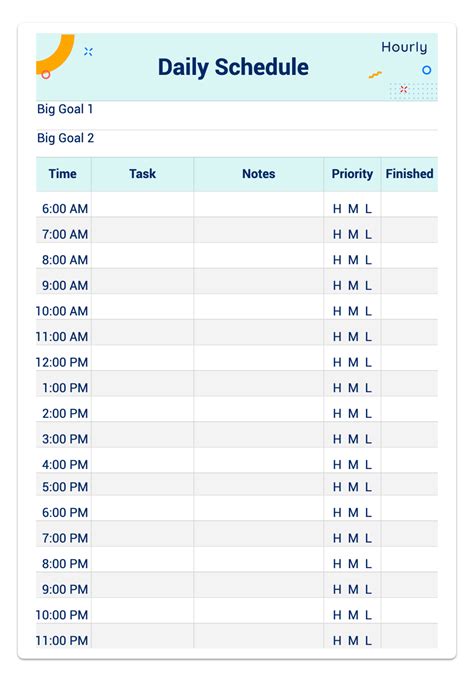Optimize workout efficiency for maximal strength gains & muscle growth?

The Quest for Efficient Gains
In the pursuit of maximal strength and muscle growth, simply showing up to the gym isn’t enough. True progress stems from optimizing every aspect of your workout, transforming effort into tangible results. Efficiency isn’t about shortcuts; it’s about intelligent application of training principles that stimulate adaptation, minimize wasted energy, and accelerate your journey towards a stronger, more muscular physique.
The Unnegotiable Principle: Progressive Overload
At the core of all strength and hypertrophy training lies progressive overload. This fundamental concept dictates that for muscles to grow and get stronger, they must be continually challenged with a stimulus greater than what they’re accustomed to. This could mean increasing the weight, performing more repetitions or sets, reducing rest times, increasing time under tension, or improving exercise form to recruit more muscle fibers. Without consistent progressive overload, your body has no reason to adapt, leading to plateaus and stagnation.

Strategic Exercise Selection: Compound Movements First
To maximize efficiency, prioritize compound exercises that engage multiple muscle groups simultaneously. Movements like squats, deadlifts, bench presses, overhead presses, and rows are incredibly effective for building foundational strength and muscle mass because they allow you to lift heavier loads and stimulate a greater systemic response. While isolation exercises have their place for targeting specific muscle groups or addressing weaknesses, they should complement, not replace, your compound staples. A well-structured program will focus the majority of its energy on these multi-joint movements, building a robust base upon which further specialization can occur.
Optimizing Volume, Intensity, and Rep Ranges
Finding the sweet spot for training volume (total sets and reps) and intensity (how heavy you lift relative to your maximum) is crucial. For strength, lower rep ranges (1-5 reps) with heavier weights are generally preferred, while hypertrophy often benefits from moderate rep ranges (6-12 reps) with slightly lighter loads, performed close to failure. However, a blend of both can be highly effective. Understanding concepts like RPE (Rate of Perceived Exertion) or RIR (Reps in Reserve) can help you gauge effort and ensure you’re training with sufficient intensity without overtraining. Consistency in applying the right volume and intensity tailored to your goals will drive efficient gains.
Mastering Form and the Mind-Muscle Connection
Perfect form isn’t just about injury prevention; it’s about maximizing muscle activation and effectiveness. Sloppy reps cheat you out of potential gains by shifting tension away from the target muscles. Focus on controlled movements, a full range of motion, and consciously engaging the intended muscles – this is the mind-muscle connection. By actively ‘feeling’ the muscle work through its contraction and stretch, you can improve recruitment and create a more potent growth stimulus for every single rep.

The Crucial Role of Recovery and Nutrition
Your muscles don’t grow in the gym; they grow during recovery. Optimal sleep (7-9 hours per night) is non-negotiable for muscle repair and hormone regulation. Similarly, nutrition fuels your progress. Ensure an adequate protein intake (1.6-2.2g per kg of body weight) to support muscle protein synthesis, consume sufficient carbohydrates for energy and glycogen replenishment, and maintain a slight caloric surplus if your primary goal is muscle growth. Hydration and a balanced intake of micronutrients also play vital roles in overall recovery and performance.

Implementing Periodization for Continued Progress
To prevent plateaus and manage fatigue, implementing some form of periodization can be highly beneficial. Periodization involves strategically varying your training variables (volume, intensity, exercise selection) over time. This could involve cycles focusing on strength, followed by cycles focusing on hypertrophy, or undulating periodization where these variables change more frequently. Regularly scheduled deload weeks, where volume and intensity are significantly reduced, also help your body recover and prepare for future intense training blocks, ensuring long-term, sustainable progress.

Conclusion
Optimizing workout efficiency for maximal strength gains and muscle growth is a multifaceted endeavor that requires more than just raw effort. It demands a strategic approach centered on consistent progressive overload, intelligent exercise selection, appropriate volume and intensity, meticulous form, a strong mind-muscle connection, and unwavering dedication to recovery and nutrition. By integrating these principles into your training philosophy, you transform your workouts from mere exercise sessions into powerful catalysts for continuous, efficient, and impressive physical development.








